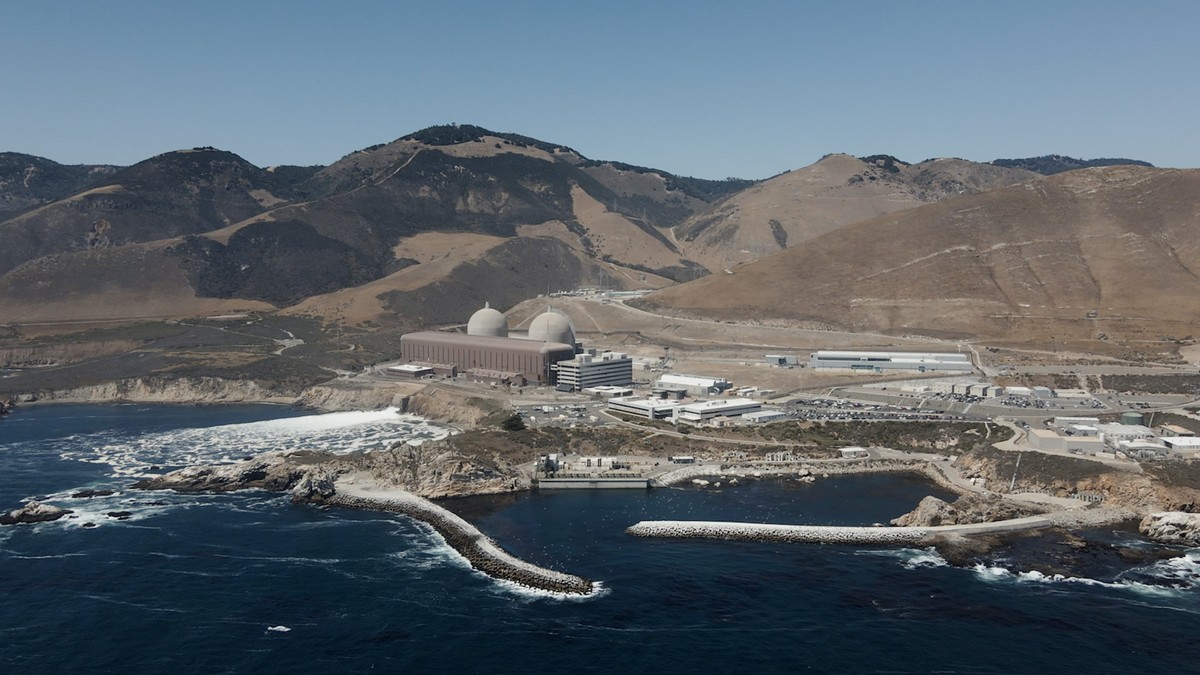
The Last Nuclear Power Plant in the US: A Tale of Promise and Uncertainty
The United States, a nation built on innovation and technological prowess, once held a bold vision for nuclear power. In the wake of the 1973 oil crisis, nuclear energy promised a clean, abundant, and reliable energy source. This vision, however, has been plagued by a complex interplay of factors, leading to a long-standing debate about the future of nuclear power in the US.
The last nuclear power plant to be built in the US was the Watts Bar Unit 2 in Tennessee, which began commercial operation in 1996. This milestone marked the culmination of a project that began in the 1970s, a time when nuclear power was viewed with optimism and anticipation.
A Look Back: The Rise and Fall of Nuclear Power in the US
The seeds of nuclear power’s rise were sown in the 1950s, fueled by the promise of harnessing the atom for peaceful purposes. The Atoms for Peace program, launched by President Eisenhower, aimed to promote the peaceful use of nuclear technology, and this initiative spurred the development of nuclear power plants across the US.
The 1960s and 1970s witnessed a surge in nuclear power construction, with over 100 reactors in various stages of development. The public, eager for an alternative to fossil fuels, embraced this burgeoning technology. However, a series of events in the 1970s and 1980s would dramatically alter the trajectory of nuclear power in the US.
The Three Mile Island accident in 1979 served as a stark reminder of the potential dangers of nuclear power. This incident, which involved a partial meltdown at a nuclear plant in Pennsylvania, sparked public anxiety and heightened concerns about safety.
The subsequent 1986 Chernobyl disaster in Ukraine further amplified these concerns. The catastrophic explosion at the Chernobyl nuclear power plant, which resulted in widespread radioactive contamination, became a defining moment in the history of nuclear power.
The economic downturn of the 1980s also played a significant role in slowing down nuclear power development. The rising costs of construction and the stringent regulatory environment made it increasingly difficult to build new nuclear power plants.
Watts Bar Unit 2: A Project Faced with Challenges
The construction of Watts Bar Unit 2 began in 1972, a time when optimism about nuclear power was high. However, the project faced numerous setbacks and delays, including:
- Economic challenges: The rising costs of construction, coupled with the economic downturn of the 1980s, led to financial difficulties for the project.
- Regulatory hurdles: The regulatory environment surrounding nuclear power became increasingly stringent in the wake of the Three Mile Island accident, leading to delays and increased costs.
- Public opposition: Growing public concerns about the safety of nuclear power led to protests and legal challenges that further hampered the project’s progress.
Despite these challenges, the project was eventually completed in 1996. The completion of Watts Bar Unit 2 was a testament to the resilience of the nuclear industry and its commitment to bringing this technology to fruition.
The Nuclear Renaissance: A Short-Lived Revival
In the early 2000s, a renewed interest in nuclear power emerged, fueled by concerns about climate change and the need for low-carbon energy sources. This period, often referred to as the "nuclear renaissance," saw several new nuclear power plant projects proposed in the US.
However, this renaissance was short-lived. The high costs of construction, the complexities of obtaining regulatory approvals, and the lingering public concerns about safety continued to pose significant obstacles to the development of new nuclear power plants.
The Current Landscape: A Crossroads for Nuclear Power in the US
Today, the future of nuclear power in the US remains uncertain. While the country relies heavily on nuclear power for its electricity generation, with over 90 operating reactors, the future of this technology is being debated.
Arguments in Favor of Nuclear Power:
- Clean energy: Nuclear power plants do not emit greenhouse gases during operation, making them a valuable tool in the fight against climate change.
- Reliable energy source: Nuclear power plants provide a consistent and reliable source of energy, regardless of weather conditions.
- Economic benefits: Nuclear power plants create jobs and stimulate economic activity in the communities where they are located.
Arguments Against Nuclear Power:
- Safety concerns: The potential for accidents, such as the Three Mile Island and Chernobyl incidents, remains a major concern for many.
- Waste disposal: The safe and long-term storage of nuclear waste remains a complex and unresolved issue.
- High costs: The high costs of construction and operation make nuclear power less competitive with other energy sources, such as natural gas and renewables.
The Role of Policy and Regulation:
The future of nuclear power in the US will likely depend on the role of government policy and regulation. The Biden administration has pledged to prioritize clean energy, and nuclear power has been included in this agenda. However, the challenges of cost, safety, and waste disposal remain significant obstacles to the development of new nuclear power plants.
Conclusion: A Balancing Act Between Promise and Uncertainty
The last nuclear power plant built in the US, Watts Bar Unit 2, stands as a symbol of the promise and uncertainty that surround this technology. While nuclear power offers the potential for clean and reliable energy, the challenges of cost, safety, and waste disposal continue to weigh heavily on its future.
The US faces a critical decision about the role of nuclear power in its energy future. Balancing the potential benefits with the inherent risks will require careful consideration and a commitment to addressing the complex issues surrounding this technology. The path forward for nuclear power in the US remains uncertain, but one thing is clear: the decisions made today will shape the energy landscape for generations to come.







